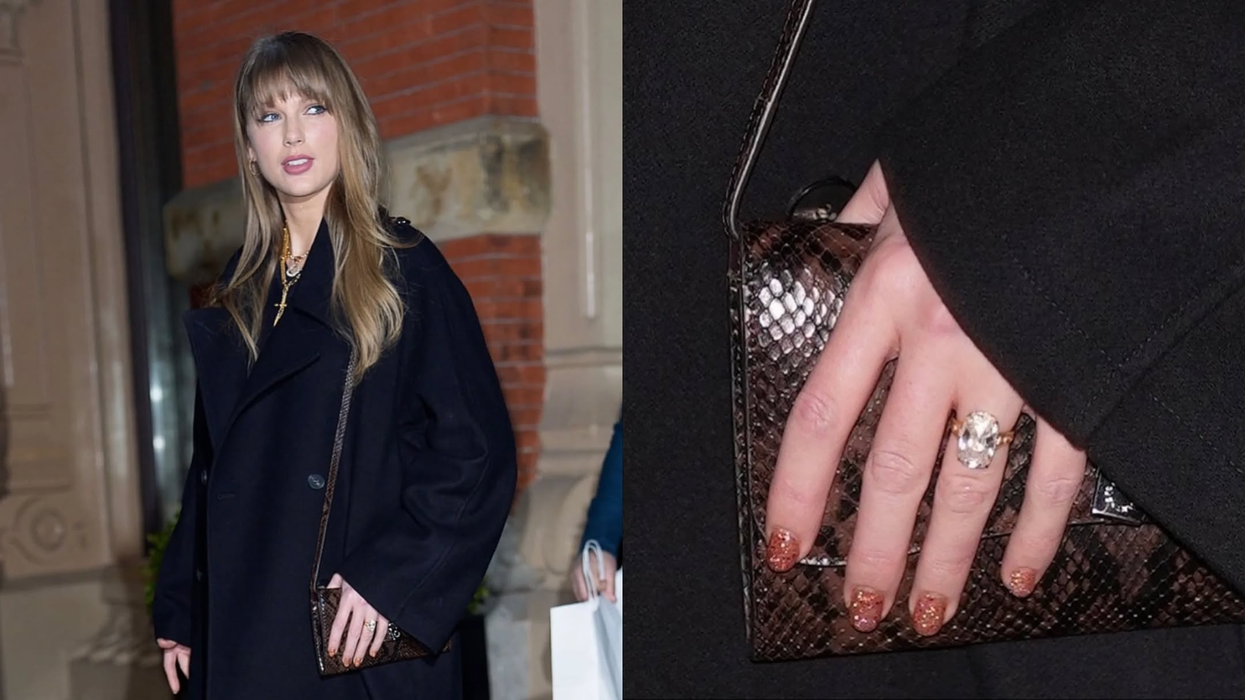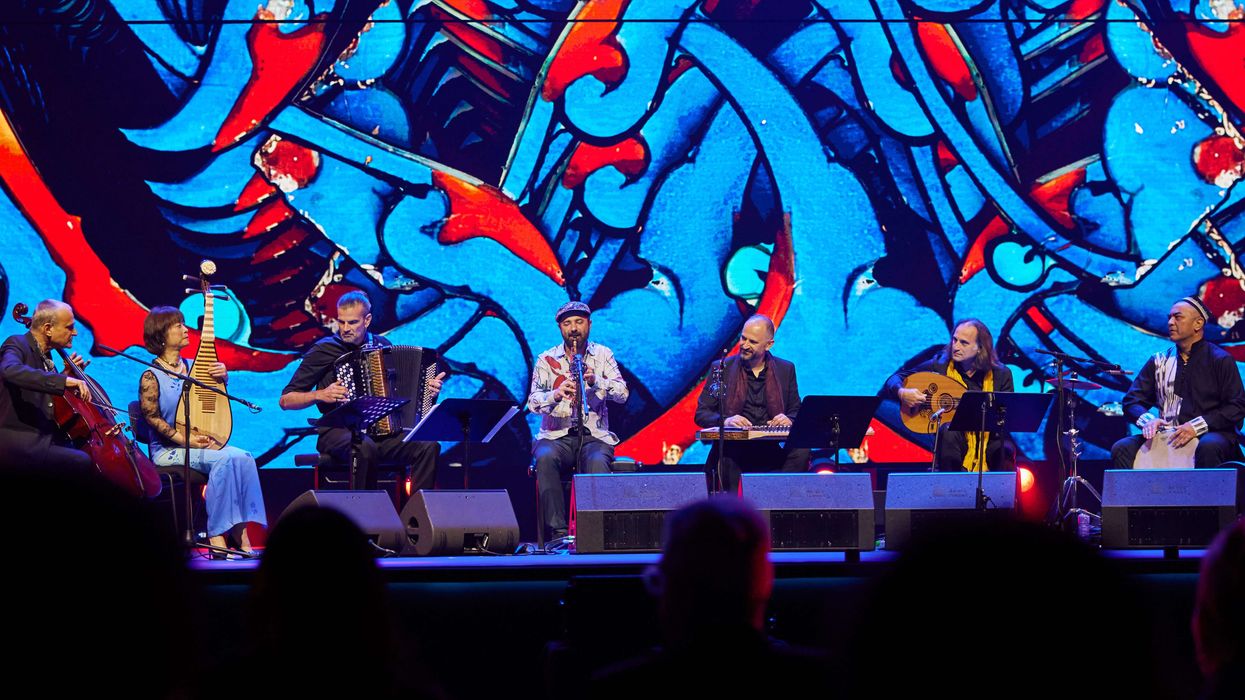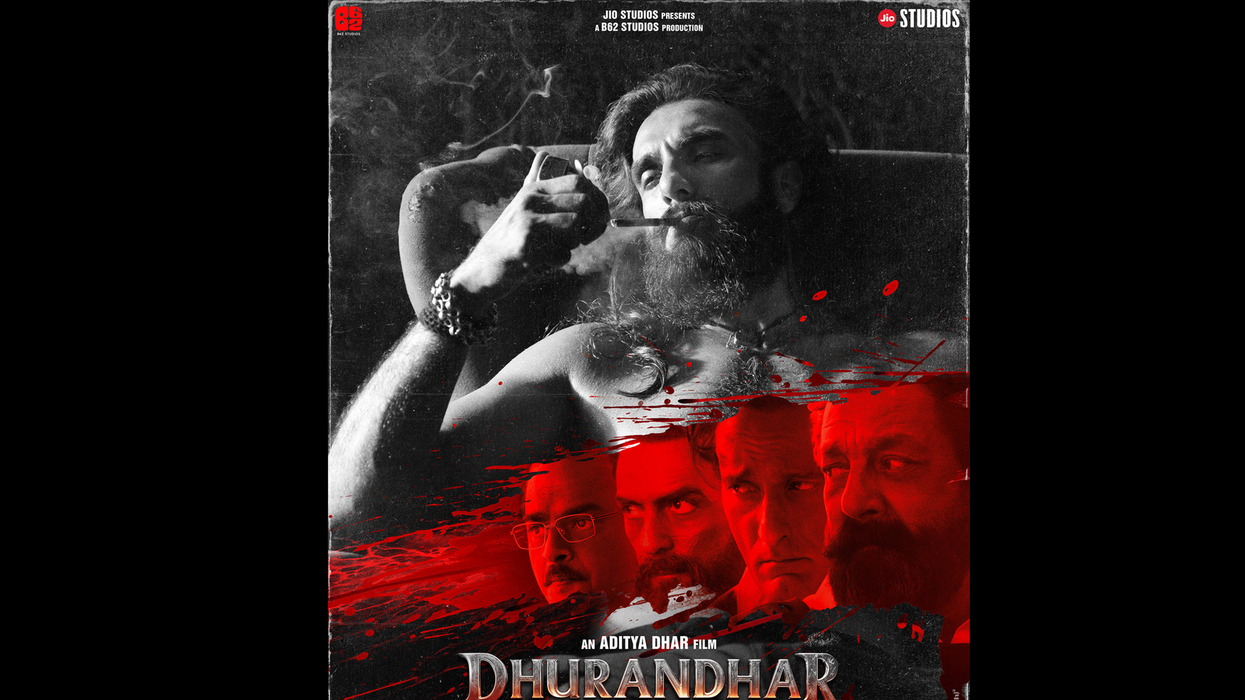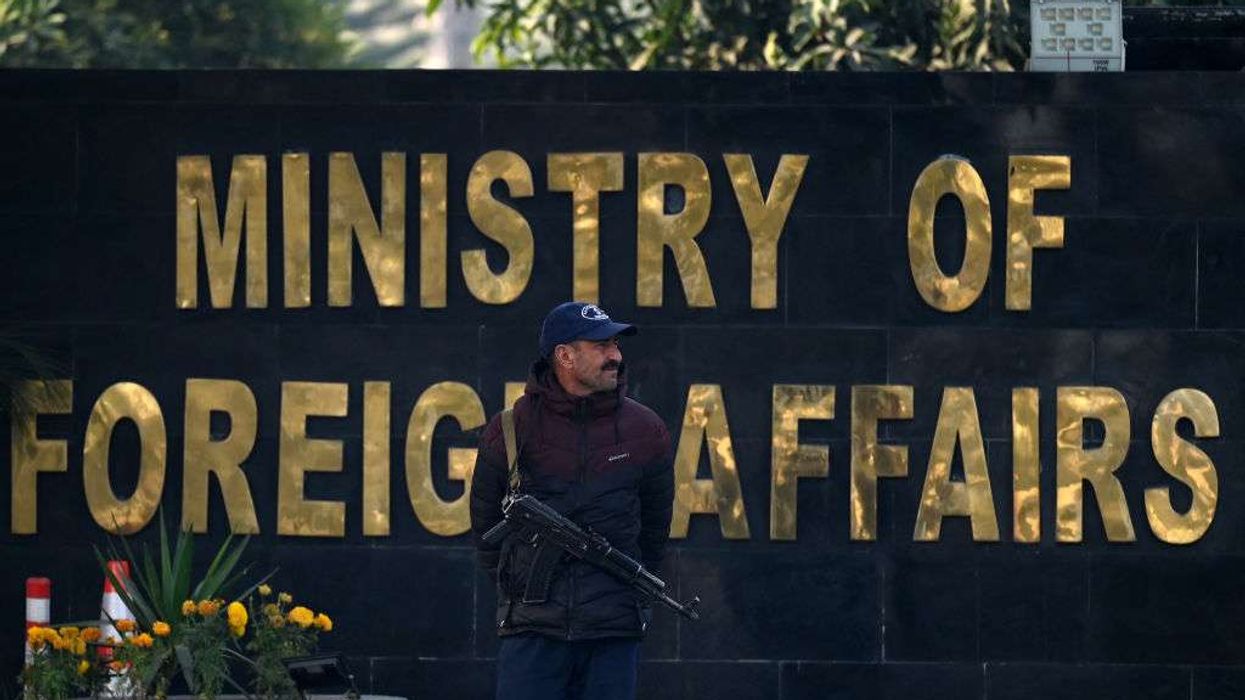BUILT on a foundation of romance, Bollywood has explored all kinds of love stories over the decades.
The most compelling, dramatic, and popular genre has been the love triangle, which has entertained millions since the black-and-white era.
With Valentine’s Day setting the romantic tone this month, Eastern Eye takes a deep dive into Hindi cinema’s love triangles, from deeply dramatic to comedic and creative.
A is for Andaz: The big daddy of Bollywood love triangles, released in 1949, set the blueprint for others to follow. The Mehboob Khan classic about unrequited love, misunderstandings, and two men in love with the same woman became the highestgrossing Hindi film of all time upon release. It also turned then-newcomers Dilip Kumar, Nargis, and Raj Kapoor into overnight superstars.

B is for bigamy: In most love triangles, either two people become a couple while one is left disappointed, or none end up together. Daag (1973) took a different approach, with a married escaped convict, presumed dead, starting a new life by marrying another woman. In a shocking twist, he ends up with both wives.
B is also for Barfi: The 2012 romantic comedy took a unique turn by incorporating two protagonists with disabilities into a love triangle.

C is for casting coup: The 1981 musical Silsila is perhaps Bollywood’s most remarkable love triangle. Apart from tackling the taboo of an extramarital affair, what made this Yash Chopra classic special was how it allegedly mirrored real life between lead stars Amitabh Bachchan, Jaya Bachchan, and Rekha.
D is for Devdas: Perhaps the most famous love triangle in Hindi cinema, Devdas has been adapted multiple times, with the 1935, 1955, and 2002 versions being the most notable. Based on Sarat Chandra Chattopadhyay’s 1917 novella, the story follows an alcoholic lamenting a lost love, while a courtesan falls for him, knowing she can never have him. Its themes influenced films like Muqaddar Ka Sikandar (1978).

E is for exit: In love triangles, one person is always left disappointed, sometimes making a sacrifice. These gestures range from staying silent to walking away or, in extreme cases, committing suicide. One of the most poignant examples is Kal Ho Naa Ho (2003), where a terminally ill man tries to set up the woman he loves with his friend.

F is for friends: Many friendships have been destroyed by love triangles. In Dostana (1980) and Naseeb (1981), Amitabh Bachchan and Shatrughan Sinha play best friends whose bond is broken after falling for the same woman. In other cases, one friend sacrifices their love, as seen in Chaudhvin Ka Chand (1960), where both best friends are pushed into an unimaginable situation, after realising they love the same woman.
G is for gay: The Miami-set 2008 comedy Dostana put a fresh spin on love triangles. Abhishek Bachchan and John Abraham’s characters pretend to be gay to rent an apartment but end up competing for their female flatmate’s (Priyanka Chopra) affection while maintaining the façade of a relationship.

H is for haunting: The 1949 classic Mahal introduced a supernatural element to the genre, with a married man forming a bond with a woman he believes to be a ghost. Spooky spirits have since featured in love stories, such as Neel Kamal (1968), where a married woman is haunted by a past-life lover.

I is for imposter: Love triangles have often involved imposters inserting themselves into a story with fake identities, as seen in Tumsa Nahin Dekha (1957). Rab Ne Bana Di Jodi (2008) demonstrated that a triangle can exist with just two people – Anushka Sharma’s character is torn between two men, unaware they are the same person.
J is for jokes: Great comedies have shown that love triangles do not need to be emotional or dramatic. They often lead to hilarious mishaps on the path to love. Most of these films, like Padosan (1968), revolve around two men chasing the same woman, often with absurd and over-the-top antics. In Padosan, two buffoons battle for the attention of a beautiful neighbour who is out of their league, resulting in a series of comedic misadventures.

K is for Kuch Kuch Hota Hai: The record-breaking 1998 romance featured two love triangles across different timelines. In college, Rahul chooses Tina, leaving his best friend Anjali heartbroken. Years later, after Tina’s death, Rahul and Anjali reconnect, but she is engaged to Aman, which again complicates matters.

L is for loyalty: Loyalty often triggers sacrifices in love triangles. In Saajan (1991), Pooja falls for a poet named Saagar, but he lets his adopted brother Aakash take his identity. In Sangam (1964), one friend commits suicide to clear the path for another.
M is for married: While most love triangles unfold before marriage, films like Woh Saat Din (1983) and Hum Dil De Chuke Sanam (1999) feature married women torn between their husbands and past lovers. Pati Patni Aur Woh (1978) and its 2019 remake depict a married man contemplating infidelity.
N is for naughty: Relaxed censorship laws led to steamier love triangles, as seen in Murder (2004), where a married woman has an extramarital affair.

O is for opposites: A big driving force of Bollywood love triangles has been two opposites being attracted to the same person. In Rangeela (1995), a streetsmart ruffian and a famous movie star fall for the same woman. In Devdas, a respectable woman and a courtesan both love the same man. In films like Baazi (1951) and Shree 420 (1955), a man finds himself caught between a homely girl and a vamp. In Raju Ban Gaya Gentleman (1992), a rich and a poor woman both love the same man.
P is for period: Some of the most eye-catching love triangles have been presented in historical epics like Aan (1952) and Bajirao Mastani (2015). The greatest of them all was Bollywood’s finest film, Mughal-eAzam (1960), where a courtesan and a woman of higher rank both fall in love with a handsome prince.

Q is for Qurbani: The highest-grossing film of 1980 introduced an action element into the love triangle genre. Two gangsters, who become best friends, both fall in love with the same woman.
R is for remakes: A lot of Bollywood love triangles have been remakes of international films, including Hollywood classics. Mann (1999) was an adaptation of An Affair to Remember (1957), in which an engaged woman falls for another man during a cruise. Similarly, Dil Hai Ke Manta Nahin (1991), a remake of It Happened One Night (1934), follows a betrothed woman who falls in love with someone else.
S is for sibling rivalry: Family bonds have often been tested when two siblings fall for the same person. In Yeh Dillagi (1994), two brothers are attracted to the same woman, while in Aaina (1993), two sisters find their relationship strained as they both love the same man.

T is for tragedy: Although in some cases, the spurned individual finds love elsewhere, many love triangles in Bollywood have ended in tragedy. Often, the rejected lover takes their own life or meets an untimely end, which isn’t great messaging, but adds to the emotional drama.
U is for unrequited: While love triangles typically end with two people together, what makes them compelling is the one left alone. The person with unrequited love often earns the most sympathy from audiences. Karan Johar dedicated an entire film to this theme in Ae Dil Hai Mushkil (2016), where the protagonist must deal with unreciprocated love, something most people can relate to.

V is for villain: Negative outside forces often interfere in love triangles, causing conflict by spreading misinformation. In the early 1990s, Shah Rukh Khan played characters who forcibly created triangles by stalking married women in Darr and Anjaam. In Baazigar, he also forms a love triangle of sorts by murdering one woman and then seducing her sister.
W is for wealth: Money has frequently played a role in complicating love triangles. Many films feature a committed partner who has their head turned by a wealthier suitor. In Judaai (1997), a greedy woman effectively sells her husband to a rich love rival. In Dhadkan (2000), a man from a humble background gains wealth to win back his affluent former lover, despite her being married to someone else.
X is for X-factor: What makes this genre special is the wide array of possibilities it offers, from supernatural tales to deeply emotional dramas, social commentaries, and comedies. There is usually an element of unpredictability as audiences try to guess who will get their happy ending. The emotional tug-of-war between love, duty, friendship, and honour often mirrors reallife dilemmas. The genre also allows for intriguing twists, such as loyalty versus desire and destiny versus choice.
Y is for Yash Chopra: Whether it was Veer-Zaara, Darr, Kabhi Kabhie, Silsila, or many others, Yash Chopra presented love triangles in a way no other filmmaker ever has. He introduced unexpected turns, such as in Lamhe (1991), where a man is torn between a deceased woman and her lookalike daughter.
Z is for Zoya Akhtar: Classic comic book The Archies inspired multiple Bollywood films over the years with its iconic love triangle, including the first half of Kuch Kuch Hota Hai (1998). Director Zoya Akhtar brought it to Bollywood in 2023, with Agastya Nanda, Khushi Kapoor, and Suhana Khan forming the love triangle in her film adaptation.













